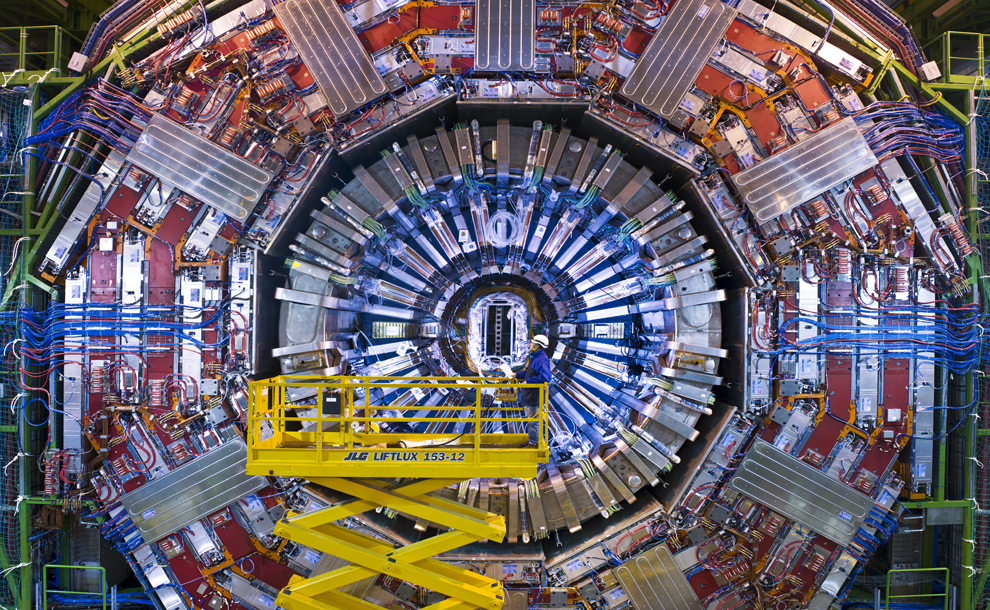
A team of Chinese physicists has announced plans of building an underground particle accelerator that would make the Large Hadron Collider in Switzerland appear as a dwarf in comparison.
This Chinese venture would smash electrons and positrons to potentially unravel the fundamental building blocks of everything.
This giant particle accelerator would be near twice the size as the Large Hadron Collider at CERN in Switzerland, currently the world’s largest particle accelerator. Planned to be built in a 52 kilometer (32 miles) circle, compared to the 27 kilometers (17 miles) long LHC.
The Chinese physicists hope that their particle accelerator would be completed in 2028. It is projected to cost $ 3 billion to build.
This particle collider would also be a stepping stone to a next-generation collider — a super proton-proton collider — built in the same tunnel.
This so-called super proton-proton collider could be built in the same tunnel at a later stage. While the U.S. and Europe have both shown interest in building this type of next-generation “super collider”, the technology is not yet available but is believed to having been developed around 2035.
As a “super collider” will likely require international research efforts and funding, it is likely that it will only build one such accelerator on Earth and such a high profile project will, of course, involve many nations.
As described in Nature, Electron–positron colliders and hadron colliders such as the LHC both complement each other. With Hadron colliders as sledgehammers, smashing together protons (hadron) at high energies and allow scientists to analyze what emerges in the wake of a collision. These super colliders, Lower-energy electron–positron machines, instead produce cleaner collisions that are easier to analyze, because of the fact that they are already smashing fundamental particles.
_______________
Physicists plan to build a bigger LHC
China plans super collider
______________________________

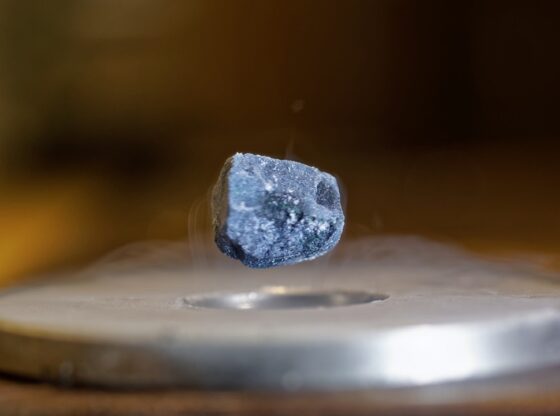

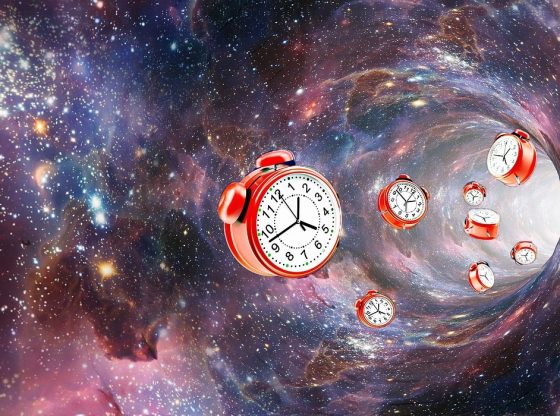
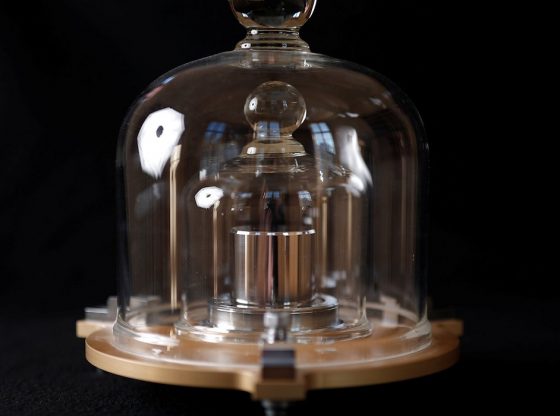
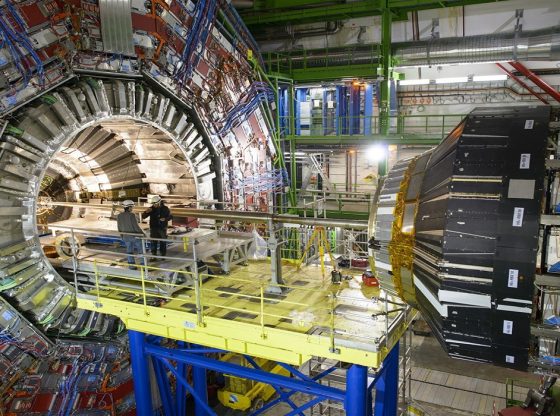
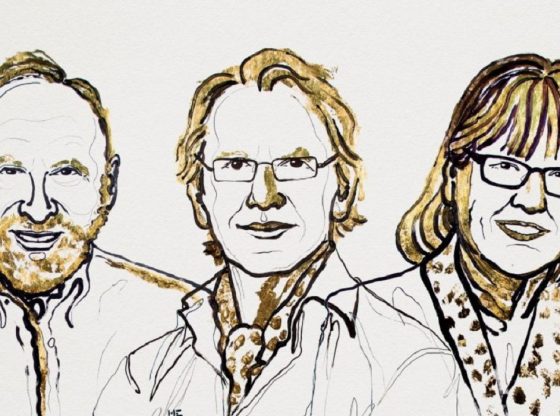
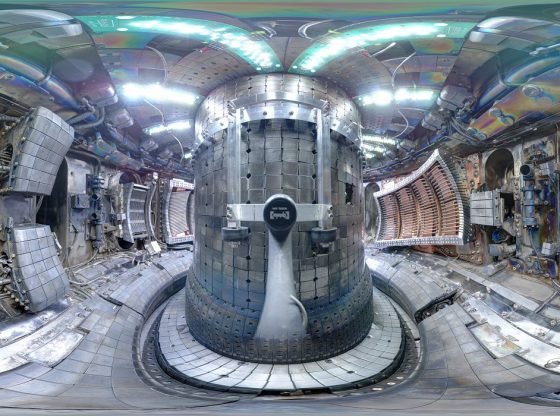
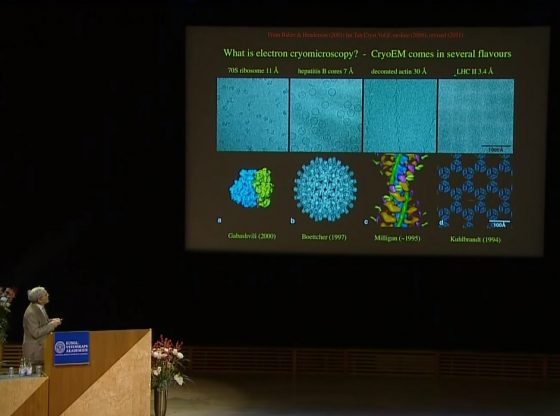
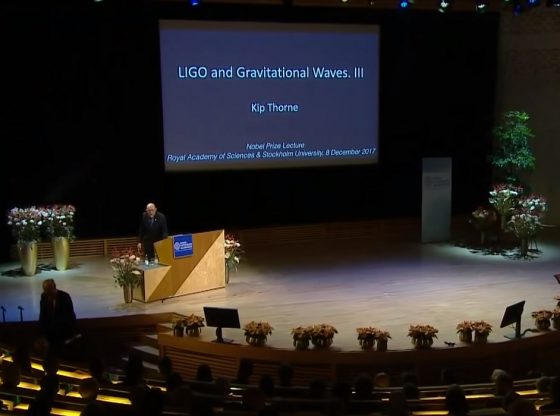
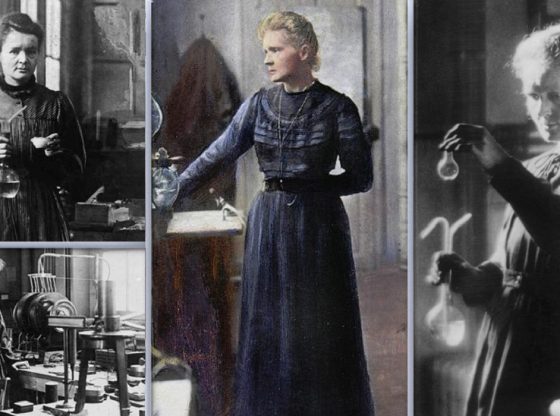
![OpenAI. (2025). ChatGPT [Large language model]. https://chatgpt.com](https://www.illustratedcuriosity.com/files/media/55136/b1b0b614-5b72-486c-901d-ff244549d67a-350x260.webp)
![OpenAI. (2025). ChatGPT [Large language model]. https://chatgpt.com](https://www.illustratedcuriosity.com/files/media/55124/79bc18fa-f616-4951-856f-cc724ad5d497-350x260.webp)
![OpenAI. (2025). ChatGPT [Large language model]. https://chatgpt.com](https://www.illustratedcuriosity.com/files/media/55099/2638a982-b4de-4913-8a1c-1479df352bf3-350x260.webp)








